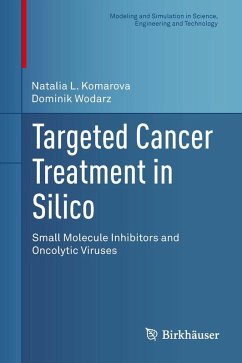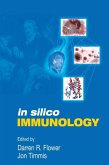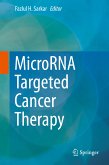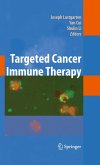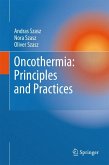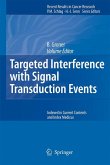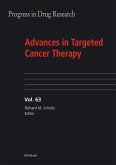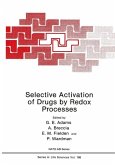Targeted Cancer Treatment in Silico is organized into two parts, corresponding to two types of targeted cancer treatment: small molecule inhibitors and oncolytic viruses. In each part, the authors provide a brief overview of the treatment's biological basis and present the mathematical methods most suitable for modeling it. Additionally, they discuss how these methods can be applied to answer relevant questions about treatment mechanisms and propose modifications to treatment approaches that may potentially increase success rates.
The book is intended for both the applied mathematics and experimental oncology communities, as mathematical models are becoming an increasingly important supplement to laboratory biology in the fight against cancer. Written at a level that generally requires little technical background, it will be a valuable resource for scientists and graduate students alike, and can also serve as an upper-division undergraduate or graduatetextbook.
Dieser Download kann aus rechtlichen Gründen nur mit Rechnungsadresse in A, B, BG, CY, CZ, D, DK, EW, E, FIN, F, GR, HR, H, IRL, I, LT, L, LR, M, NL, PL, P, R, S, SLO, SK ausgeliefert werden.
Hinweis: Dieser Artikel kann nur an eine deutsche Lieferadresse ausgeliefert werden.
"The intended audience includes advanced undergraduate and graduate students in applied mathematics as well as in the field of biology with a special interest in oncology. It could serve as a guide to scientists and researchers in the field of oncology and therapeutics. ... This is the first in-depth study of mathematical and computational approaches used to understand cancer therapies. The crisp language, well-structured chapters, and precise examples are the highlights of this book." (Parthiv Amin, Doody's Book Reviews, March, 2014)

